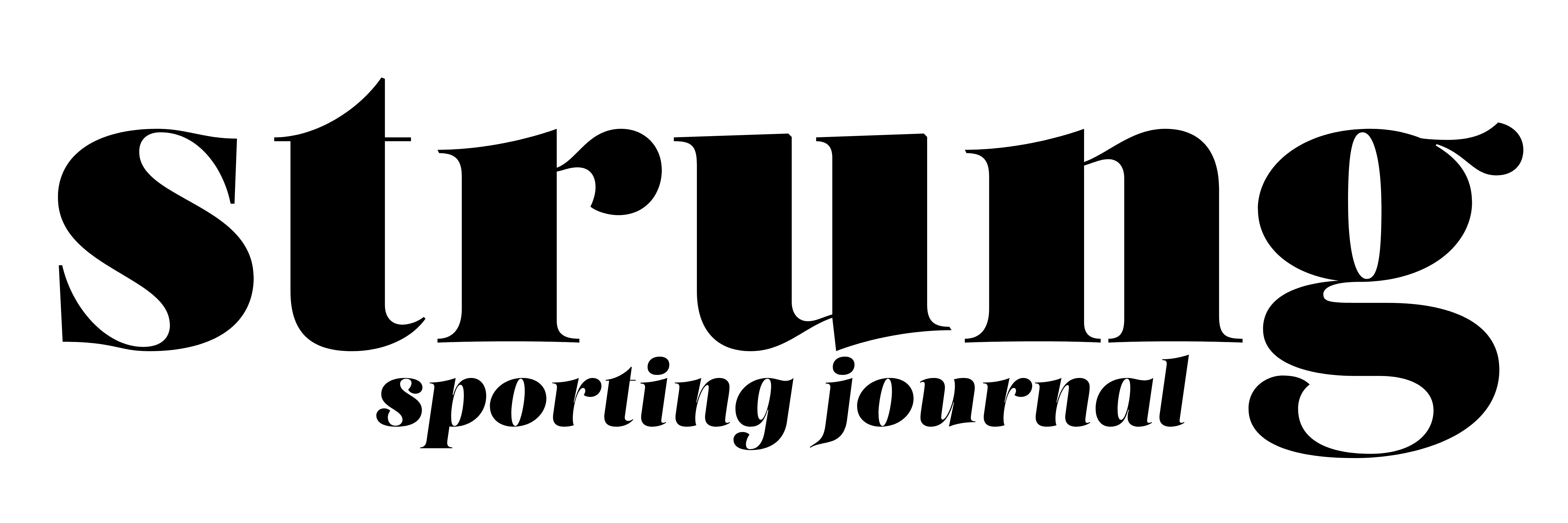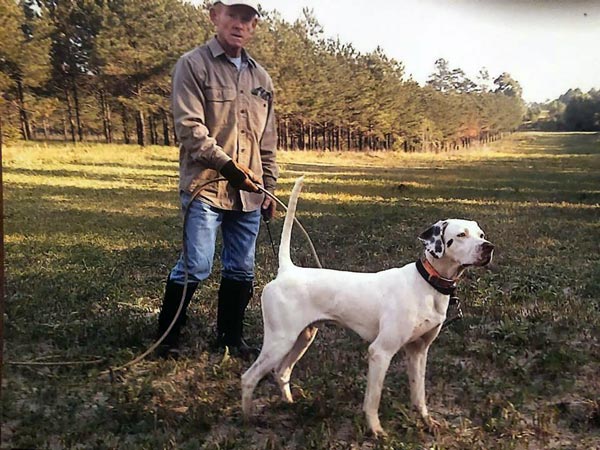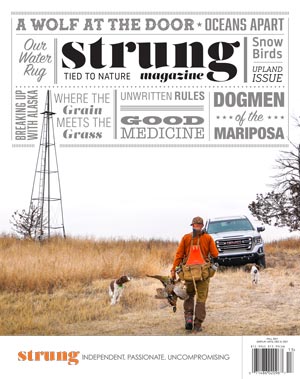By Tom Keer
No one likes shutting down hunting time to return to the training field.
But what do you do if your otherwise staunch, well-trained gun dog comes unglued?
You make corrections on the fly, that’s what.
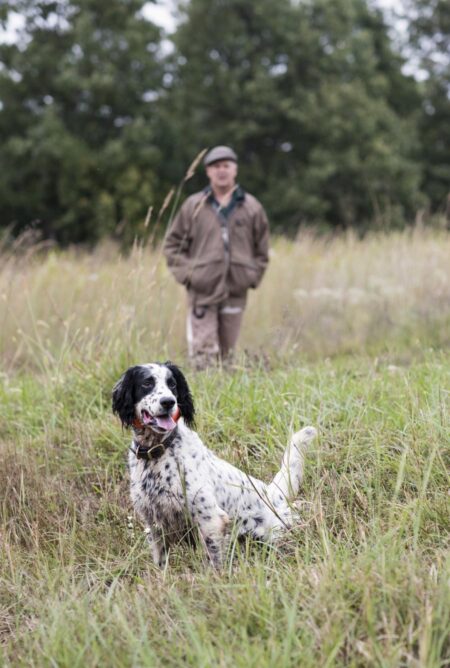 Michigan’s Tracey Lieske of Lieske’s Pro Gun Dog Training has been training bird dogs for four decades. He runs dogs for wild grouse and woodcock hunts in the Upper Peninsula and runs the dog program at Meemos Farms. “When your dog makes consistent mistakes I’ve found that the best course of action is for the handler to leave his shotgun in the truck. What’s needed is focused attention on the dog. If you’re concentrating on the hunt then you will miss what the dog did wrong. Let your hunting buddies do the shooting for a day or two. I doubt that they’ll complain. But before you cut loose be sure to clearly identify when it’s ok for them to shoot birds. If your pointer, setter or Brit locks up and does everything right, kill the bird. If your dog locks up and then busts the covey call ‘no bird.’ It’s easy to staunch up excited dogs. Bring them back to where they first made contact, say and repeat the woah command, and continue until the problem is resolved. Never shoot birds over mistakes because that doesn’t correct the problem. It only makes matters worse.
Michigan’s Tracey Lieske of Lieske’s Pro Gun Dog Training has been training bird dogs for four decades. He runs dogs for wild grouse and woodcock hunts in the Upper Peninsula and runs the dog program at Meemos Farms. “When your dog makes consistent mistakes I’ve found that the best course of action is for the handler to leave his shotgun in the truck. What’s needed is focused attention on the dog. If you’re concentrating on the hunt then you will miss what the dog did wrong. Let your hunting buddies do the shooting for a day or two. I doubt that they’ll complain. But before you cut loose be sure to clearly identify when it’s ok for them to shoot birds. If your pointer, setter or Brit locks up and does everything right, kill the bird. If your dog locks up and then busts the covey call ‘no bird.’ It’s easy to staunch up excited dogs. Bring them back to where they first made contact, say and repeat the woah command, and continue until the problem is resolved. Never shoot birds over mistakes because that doesn’t correct the problem. It only makes matters worse.
“Avoid kennel blindness and be critical of your dogs’ work. By critical I mean honestly evaluate what your dog is doing right and what he is doing wrong. A true assessment of your dogs’ performance tells handlers what needs to be fixed. Sometimes the dog isn’t casting well, other times they’re high-grading fields, while still other times they miss birds because they’re competing with a brace mate. Those situations are easily solved with a properly-used ecollar. You’ve got to be really sure when working with ecollars that accommodate multiple dogs. If not deployed correctly you’ll stim the wrong dog, and that creates one heck of a problem. When I run a brace I use two independent collars, one for each dog. That way I can quickly correct an issue without making it worse. In the event that the corrections are beyond your control then hire a pro trainer. We all work with many different dogs each year which means we can quickly find a solution.”
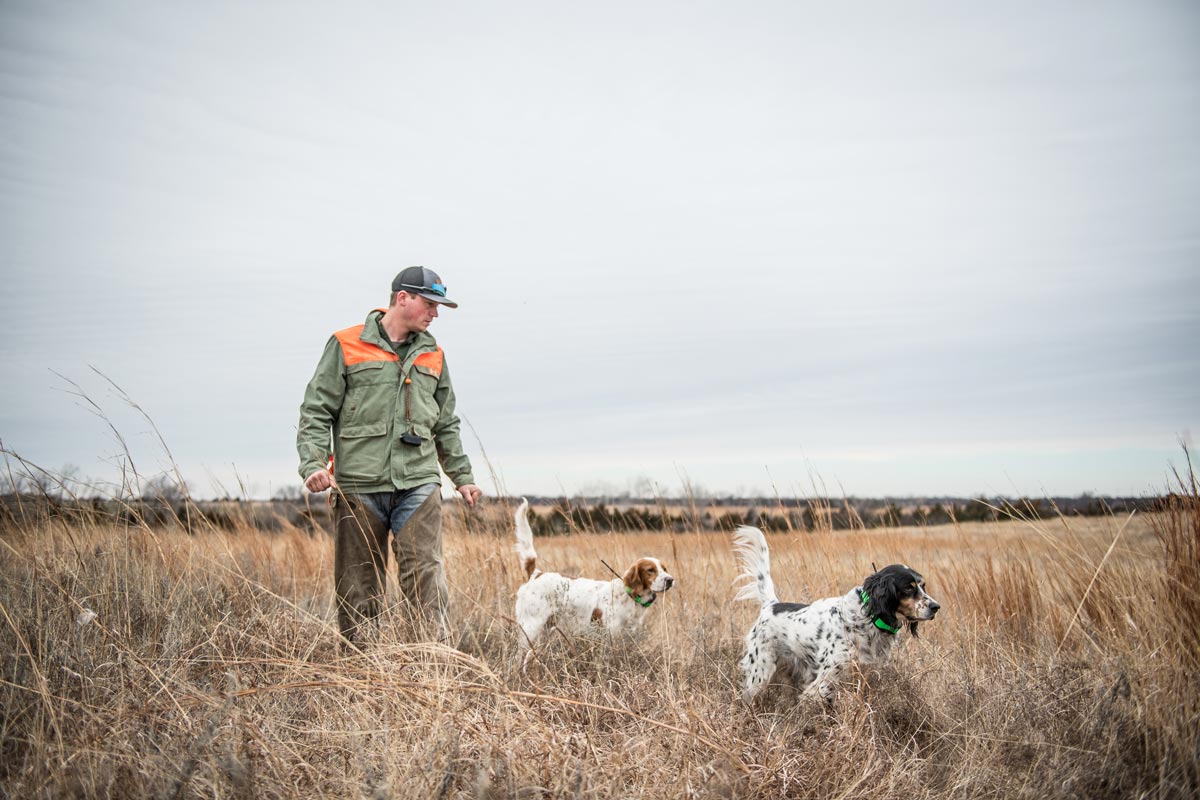 Josh Miller, a Product Training Specialist for SportDOG Brand, a Eukanuba Sporting Dog Pro Staffer and the owner of Wisconsin’s River Stone Kennels, likes to keep training simple. “Training and hunting situations are very different from each other,” Miller said. “Training sessions are controlled environments. Released birds like bobwhite quail or pigeons are used, and the handler knows where they are planted. Hunting wild birds, and in particular wild quail, means you’re working in an uncontrolled environment. The handler doesn’t exactly know where the birds are, how many there are, and if they’re going to hold tight or run around. The shift from dog training to hunting can unnerve dogs, especially young dogs. When faced with a dog that is not performing properly, good handlers revert back to the basics learned in obedience and yard work training. A simple reiteration of the basic handling commands covered in yard work can relax keyed-up dogs and refocus them on the job at hand.
Josh Miller, a Product Training Specialist for SportDOG Brand, a Eukanuba Sporting Dog Pro Staffer and the owner of Wisconsin’s River Stone Kennels, likes to keep training simple. “Training and hunting situations are very different from each other,” Miller said. “Training sessions are controlled environments. Released birds like bobwhite quail or pigeons are used, and the handler knows where they are planted. Hunting wild birds, and in particular wild quail, means you’re working in an uncontrolled environment. The handler doesn’t exactly know where the birds are, how many there are, and if they’re going to hold tight or run around. The shift from dog training to hunting can unnerve dogs, especially young dogs. When faced with a dog that is not performing properly, good handlers revert back to the basics learned in obedience and yard work training. A simple reiteration of the basic handling commands covered in yard work can relax keyed-up dogs and refocus them on the job at hand.
“One immediate change can improve most situations, and it involves how we respond to our dogs. Because training sessions are controlled, handlers are typically patient, relaxed, and calm. When a dog busts a bird the dog is corrected. Lessons are repeated until they remain staunch. But hunting situations are exciting and dynamic. Sometimes we find only a few birds which makes dogs anxious. Other times there are lots of birds and that means there is a lot of scent. That excitement excited both handlers and dogs, and when the pup makes a mistake the typically calm handler yells and screams. No dog is ever perfect, but an explosive response like losing your temper makes things worse. Take a deep breath, calm down, and focus on the issue at hand. Your temperament plays a big factor at how quickly you can get your dog back on track.”
Harold Ray, the longtime Smith Setter trainer, winner of 80 championships, 67 RU championships, 21 Futurities and a 2006 inductee to the Bird Dog Hall of Fame, says it’s important to thoroughly understand the issue at hand before thinking about a correction. “The real key comes from clear and thorough observation,” he said. “Handlers need to accurately evaluate dogs to know if corrections actually need to be made. Let’s talk about the weather. Certain types of weather makes it tough on dogs. It can be really hot where I train here in Georgia’s quail country, and every cast raises a dogs’ body temperature. When the dog’s body temperature climbs over 105 degrees they physically don’t smell birds. They may look good while running and casting, and everything looks fine until one dog runs over a big covey. Most handlers immediately make corrections. They’ll stand and woah the dog, but that’s not necessary. What the dog needs is to be cooled down. Instead of standing and woahing a dog the handler should cool that down in some water. When his body temperature drops he’ll smell those birds. Carefully observe your dogs and only make corrections when a mistake is made intentionally.
“The way in which you correct a dog is equally important. If you’re certain the dog made a mistake then bring him back to the point just before he fell apart and start from there. Dogs pick up on body language and voice, so calm and relax yourself before you give commands. Stay focused, work on one issue, and don’t talk so much. Too much talk makes dogs not pay attention, and when they’re not paying attention they’re not learning. Actions speak louder than words. Keep things simple, go back to the basics, and rebuild your dog’s confidence. If you’ve got a good dog then it’ll work out just fine.”
No dog runs perfectly every time they are put down for a run. How we handle their mistakes, if they even made one, makes all the difference in the world. Keep calm and hunt on.
Tom Keer is Stung Magazine’s Upland Editor and an upland enthusiast. He has written literally thousands of features for outdoor publications over the last 30 years earning himself over 50 outdoor writing awards as well a golden reputation among upland hunters, dog trainers, and fly fisherman across the country.
